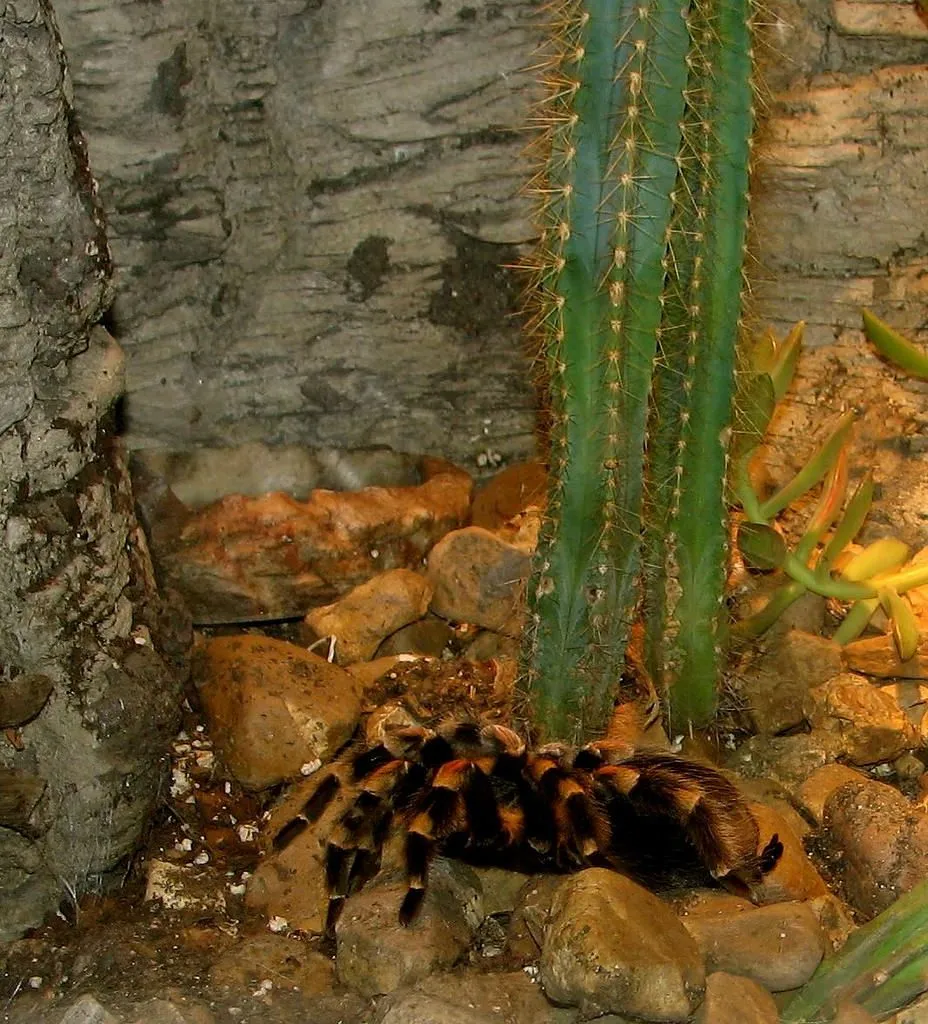Best Prey for Red Knee Tarantulas
The Red Knee Tarantula ( Brachypelma hamorii ) is a captivating pet, known for its striking appearance and relatively docile nature. A crucial aspect of caring for a Red Knee Tarantula is providing it with a balanced and nutritious diet. This article will explore the top 5 prey choices for your Red Knee Tarantula, ensuring your pet thrives. Understanding the nutritional needs of these fascinating creatures is essential to provide a healthy and long life. This guide will offer practical tips on selecting, preparing, and feeding different prey items. The right diet supports their growth, molting, and overall well-being. By offering a varied diet, you’re also providing mental enrichment for your tarantula.
Crickets The Staple Prey
Crickets are often the go-to choice for feeding Red Knee Tarantulas, and for good reason. They are readily available at most pet stores, relatively inexpensive, and provide a decent nutritional profile. Crickets are also easy to handle and introduce into the tarantula’s enclosure. Their movements naturally trigger the hunting instincts of the tarantula, making mealtime an engaging experience. It’s important to select crickets of appropriate size to match the size of your tarantula. Overly large crickets can stress or even injure your pet, while crickets that are too small will not provide sufficient nutrition.
Nutritional Value of Crickets
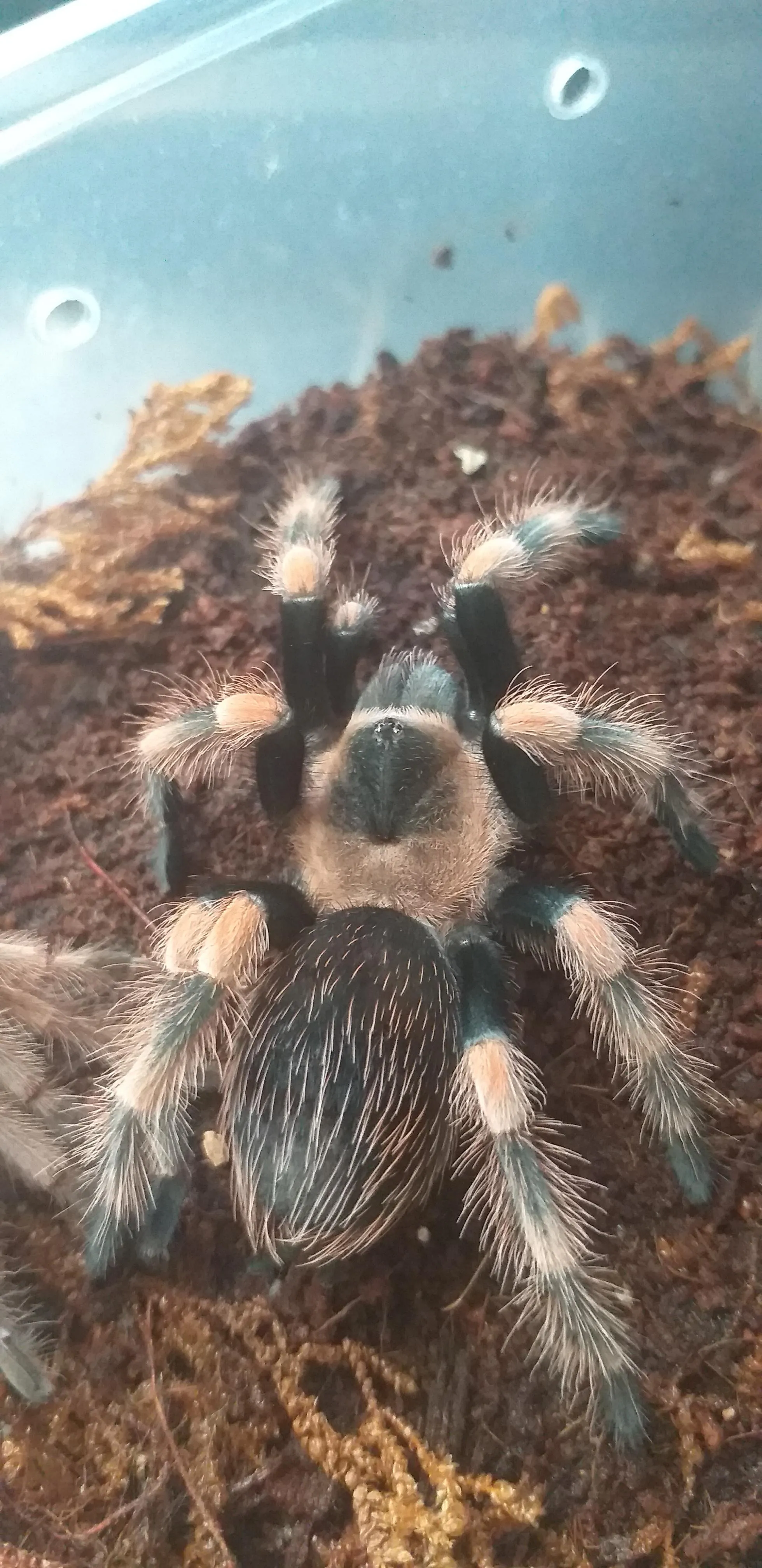
Crickets offer a good source of protein, which is crucial for the growth and development of your Red Knee Tarantula. They also contain essential amino acids and chitin, which aids in the formation of the tarantula’s exoskeleton. However, crickets alone may not provide a completely balanced diet. They are relatively low in certain vitamins and minerals. To compensate, you can ‘gut-load’ the crickets before feeding them to your tarantula. Gut-loading involves feeding the crickets a nutritious diet, such as fresh vegetables, fruits, and commercial cricket food. This ensures your tarantula receives a wider range of nutrients.
How to Properly Feed Crickets
When feeding crickets, it is important to remove any uneaten ones after a few hours. Crickets can harass or even injure a molting tarantula. The frequency of feeding depends on the age and size of your tarantula. Spiderlings typically require more frequent feeding, while adult tarantulas can be fed less often. Observe your tarantula’s behavior and adjust the feeding schedule accordingly. Some tarantulas are picky eaters, so experiment with different cricket sizes and feeding times to determine what works best for your pet. Ensure the crickets are properly hydrated by providing a water source, such as a water gel or a shallow dish with water-soaked cotton.
Dubia Roaches An Excellent Alternative
Dubia roaches ( Blaptica dubia ) are another excellent prey option for Red Knee Tarantulas. They are a highly nutritious alternative to crickets, offering a higher protein content and a better calcium-to-phosphorus ratio. Dubia roaches are also less active than crickets, making them easier for the tarantula to catch and less likely to hide in the enclosure. They are also quieter and do not jump, making them a preferred choice for many keepers. These roaches are also known to be relatively odorless, which can be an advantage for those who keep tarantulas indoors.
Nutritional Benefits of Dubia Roaches
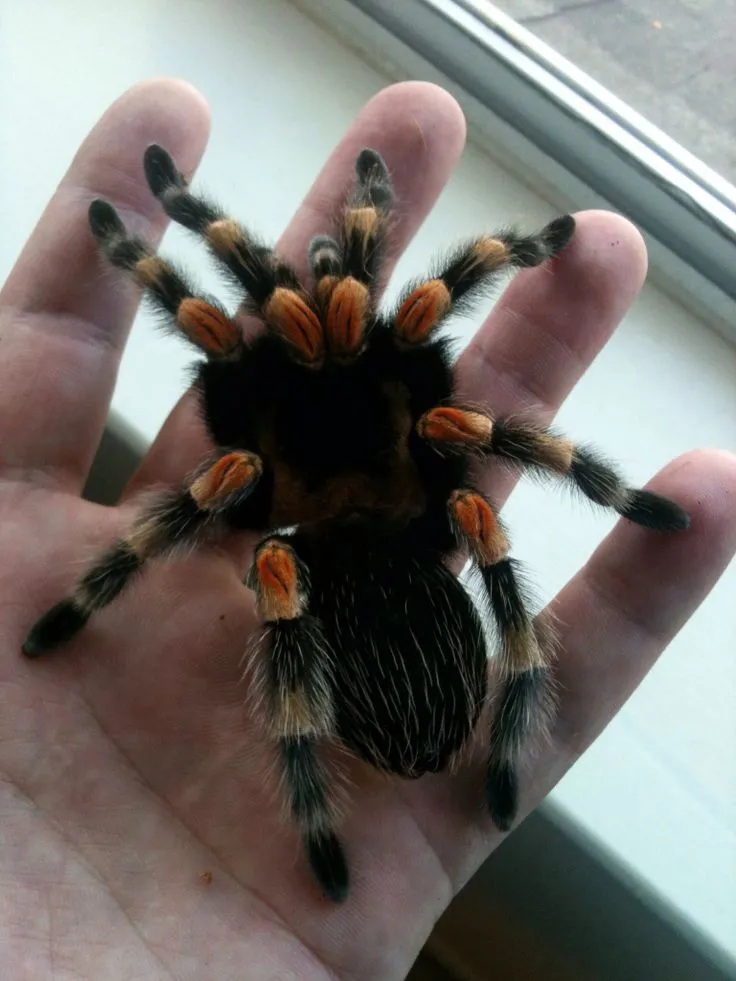
Dubia roaches are packed with nutrients, making them a superior food source. They contain a good amount of protein, healthy fats, and essential amino acids. Their high protein content supports muscle development and overall growth. Additionally, Dubia roaches are easier to digest than crickets, making them an efficient food source. Gut-loading Dubia roaches is also effective and highly recommended. Feeding them a diet rich in fruits, vegetables, and commercial roach food will boost their nutritional value further. This ensures your tarantula receives a well-rounded diet, promoting optimal health and vitality.
Tips for Raising Dubia Roaches
If you are interested in raising your own Dubia roaches, it is a fairly easy process. They require a warm environment, typically between 80-90°F, and a spacious enclosure. Provide them with a substrate like shredded paper or coconut fiber for hiding. Feed them a diet of fruits, vegetables, and a commercial roach food. Adequate ventilation is also essential to prevent mold growth. Dubia roaches breed prolifically, so a small colony can quickly provide a steady supply of food for your tarantula. Always ensure the roaches you feed are from a reputable source, free from parasites or diseases, and are appropriately sized.
Mealworms Easy to Obtain
Mealworms ( Tenebrio molitor ) are another convenient prey option for Red Knee Tarantulas, primarily because they are easy to obtain from pet stores and online retailers. They are relatively easy to store and can be kept alive for a reasonable amount of time with proper care. Mealworms are a good source of protein and are readily accepted by most tarantulas. However, it’s essential to be mindful of their nutritional content, as they are high in fat and low in calcium.
Nutritional Considerations for Mealworms
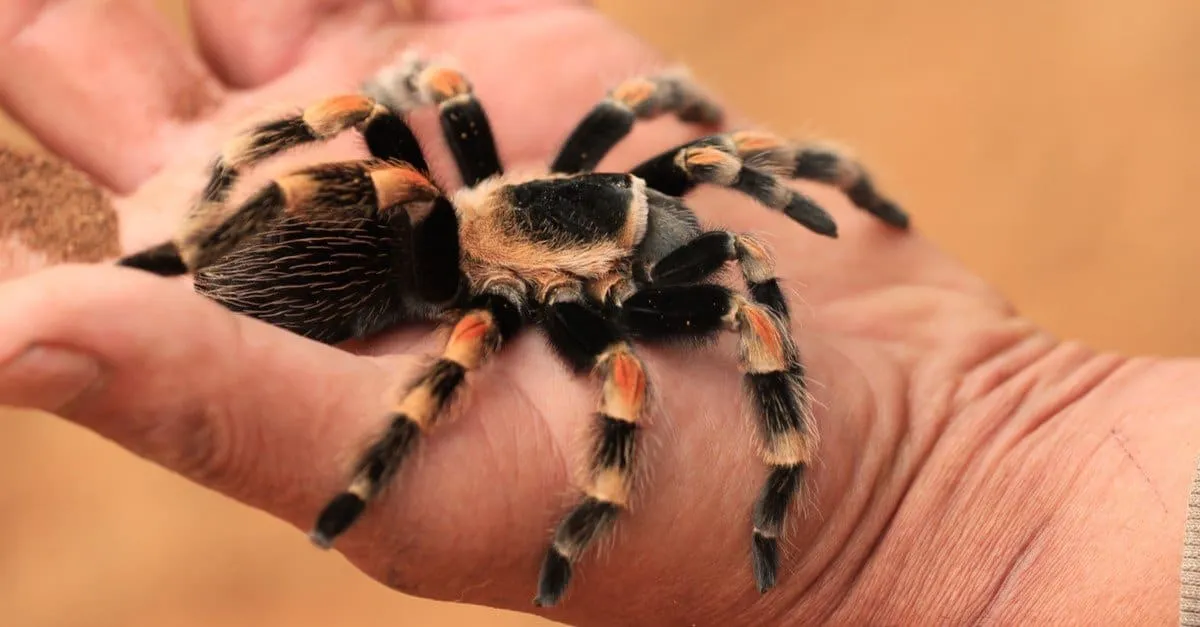
While mealworms are a convenient food source, they should not be the sole component of your tarantula’s diet. Their high-fat content can lead to obesity if fed in excess. To balance the nutritional profile, supplement mealworms with other prey items that offer a wider range of nutrients, such as Dubia roaches or crickets. It’s also recommended to gut-load mealworms before feeding them to your tarantula. Feeding them a diet of fruits, vegetables, and bran can slightly improve their nutritional value. Observe your tarantula’s body condition and adjust the frequency of feeding accordingly.
When to Offer Mealworms
Mealworms can be offered as a supplement to the main diet. They are especially useful for smaller tarantulas, as they are easier for them to handle compared to larger prey. However, for adult tarantulas, it’s best to feed mealworms sparingly. Offer a few mealworms occasionally as a treat or to provide variety in the diet. Always remove any uneaten mealworms after a few hours to prevent them from burrowing or stressing your tarantula. Monitor your tarantula’s weight and activity levels to ensure they are maintaining a healthy condition.
Superworms A Treat for Your Tarantula
Superworms ( Zophobas morio ), larger than mealworms, can be a treat for Red Knee Tarantulas. They are rich in protein and provide an engaging feeding experience for the tarantula due to their size and movement. Superworms have a tougher exoskeleton, making them a more challenging prey item, which stimulates the tarantula’s hunting behavior. They are readily available at pet stores and online, offering convenience to keepers. As with other insects, moderation is key when incorporating superworms into your tarantula’s diet.
Superworm Nutrition and Benefits
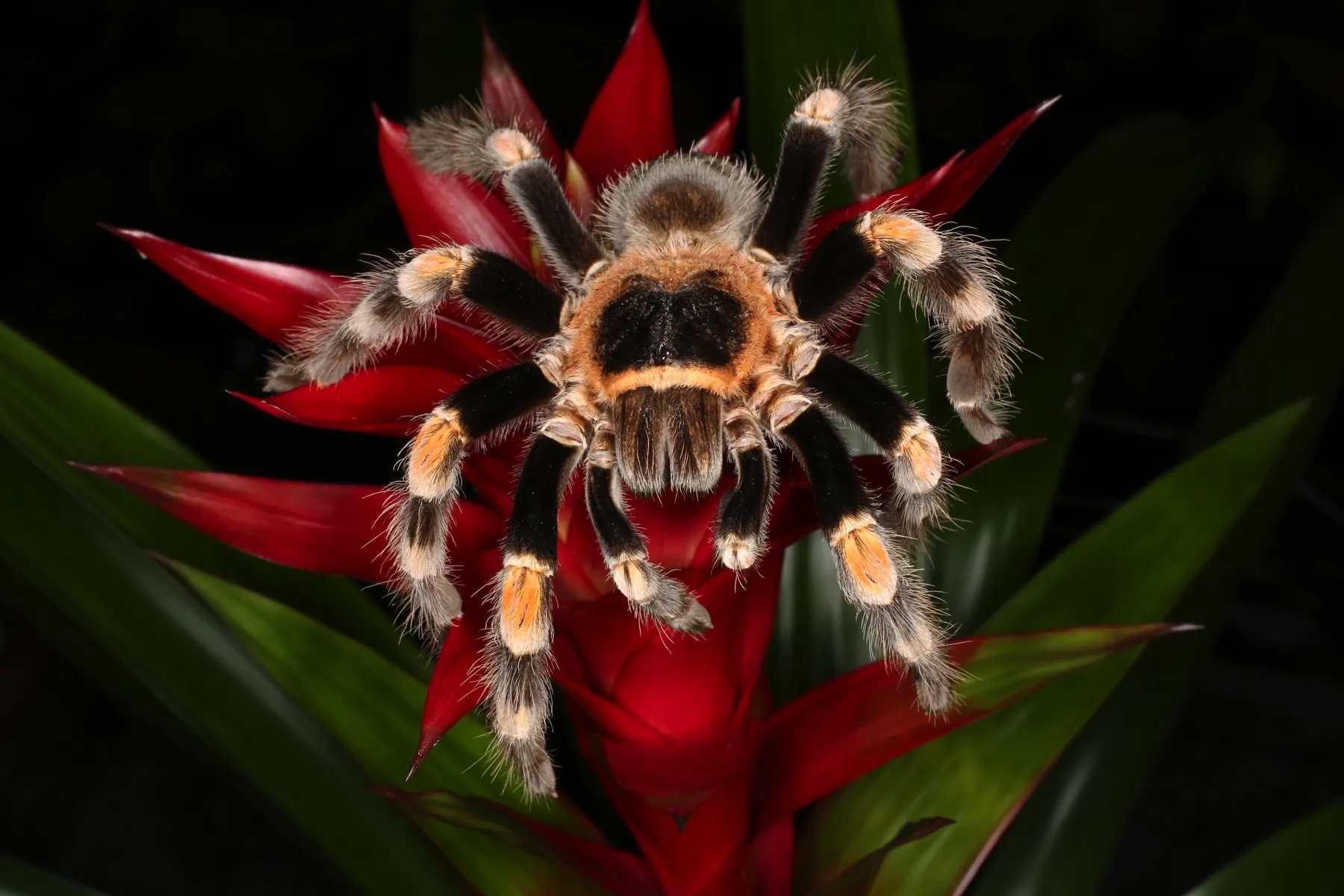
Superworms provide a good source of protein, although their fat content is also relatively high. They are a more substantial meal compared to crickets or mealworms, making them a suitable option for larger tarantulas. Superworms also contain various nutrients that contribute to the tarantula’s overall health. Gut-loading superworms is a highly recommended practice to increase their nutritional value. Feeding them a diet of fruits, vegetables, and bran will help ensure your tarantula receives essential vitamins and minerals. This will also enhance the digestibility and the overall health of the prey.
Feeding Superworms Safely
Before feeding superworms to your tarantula, it is essential to take a few precautions. Superworms can bite and burrow, so it is important to monitor your tarantula while it is eating. Remove any uneaten superworms after a few hours to prevent them from causing stress or potential harm to your tarantula. Since superworms have a hard exoskeleton, it is best to offer them only to adult or sub-adult tarantulas that can easily handle them. For smaller tarantulas, consider crushing the head of the superworm before feeding to prevent it from biting. Always assess your tarantula’s eating habits and adjust the frequency of feeding based on their needs.
Other Prey Options Variety is Key
While the options mentioned above are the primary choices, there are other prey items you can incorporate into your Red Knee Tarantula’s diet. Variety is crucial for providing a well-rounded diet and preventing nutritional deficiencies. Offering a range of prey not only enhances the nutritional profile but also adds interest and mental stimulation for your tarantula. It’s also important to consider the size of the prey item relative to the tarantula. Ensure that the prey is not too large, as it can stress or injure your tarantula, or too small to provide enough nutrition.
Waxworms as Occasional Treats
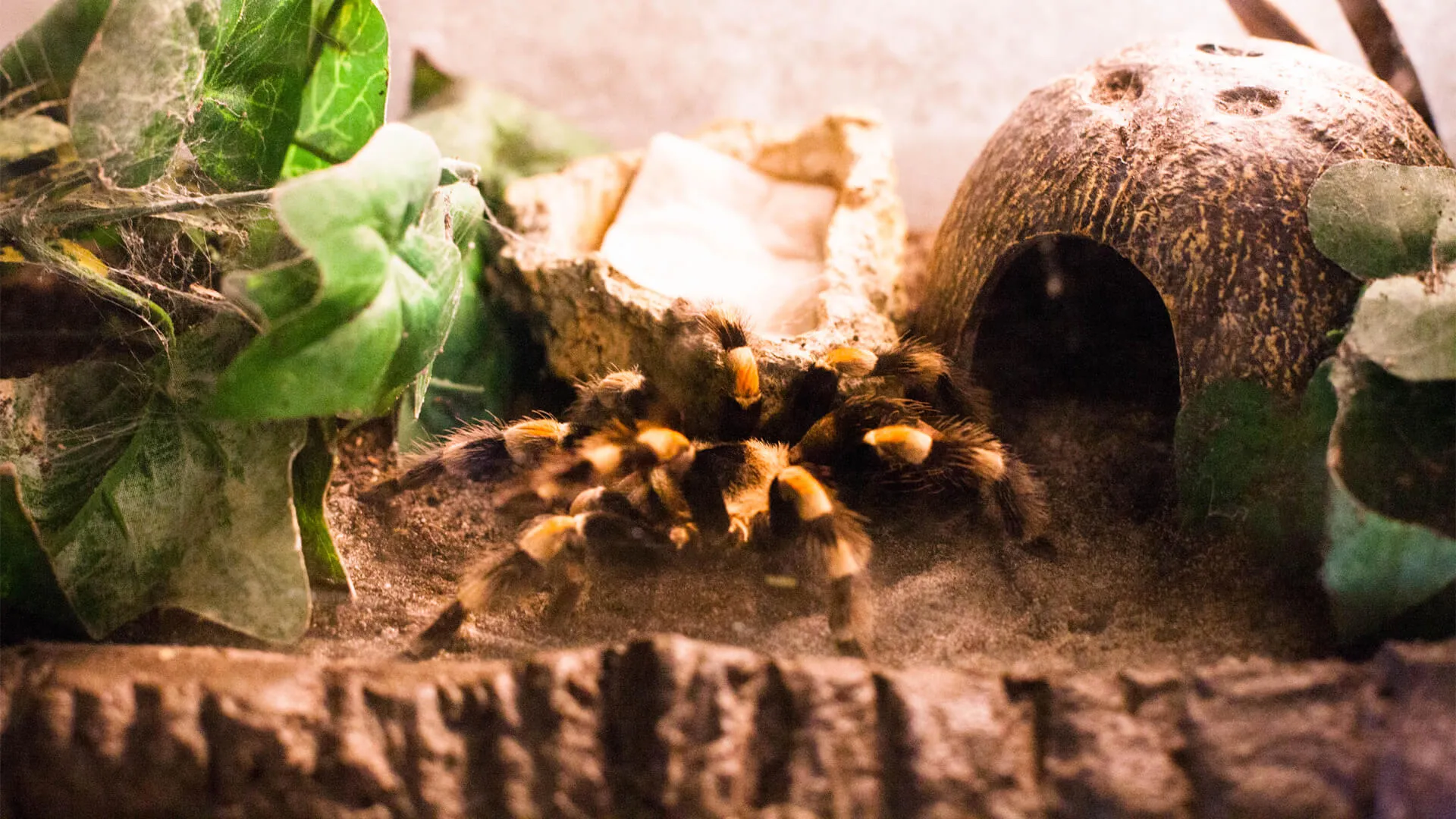
Waxworms ( Galleria mellonella ) are high in fat and should be offered only as occasional treats. They can be a good way to entice a tarantula that is not eating, but overfeeding them can lead to obesity. Waxworms are relatively easy to obtain and store, making them convenient. Since they are high in fat, feed waxworms in moderation, and be sure to supplement with other, more nutritious prey. Always observe your tarantula’s body condition and activity level to ensure they are eating a healthy diet.
Pinky Mice Controversial but Effective
Pinky mice (newborn mice) can be offered to adult Red Knee Tarantulas as a more substantial meal. Pinkies provide a good source of protein and other nutrients. However, feeding pinky mice is a controversial topic among tarantula keepers. Some argue that it is against the spider’s natural diet, while others believe that it is a viable food source. If you choose to feed pinky mice, do so sparingly. It is essential to ensure that the mouse is appropriately sized and does not pose a threat to the tarantula. Always monitor your tarantula’s health and well-being.
Conclusion Choosing the Right Prey
Providing a well-balanced diet is essential for the health and longevity of your Red Knee Tarantula. By understanding the nutritional value of different prey items, you can make informed choices about what to feed your pet. Varying the diet with crickets, Dubia roaches, mealworms, superworms, and occasional treats like waxworms or pinky mice will help ensure your tarantula receives all the necessary nutrients. Always prioritize variety, proper gut-loading, and the appropriate size of prey items. Observing your tarantula’s behavior and adjusting the feeding schedule accordingly will contribute to their thriving life. With proper care and a well-planned diet, your Red Knee Tarantula will be a captivating and healthy addition to your home.
